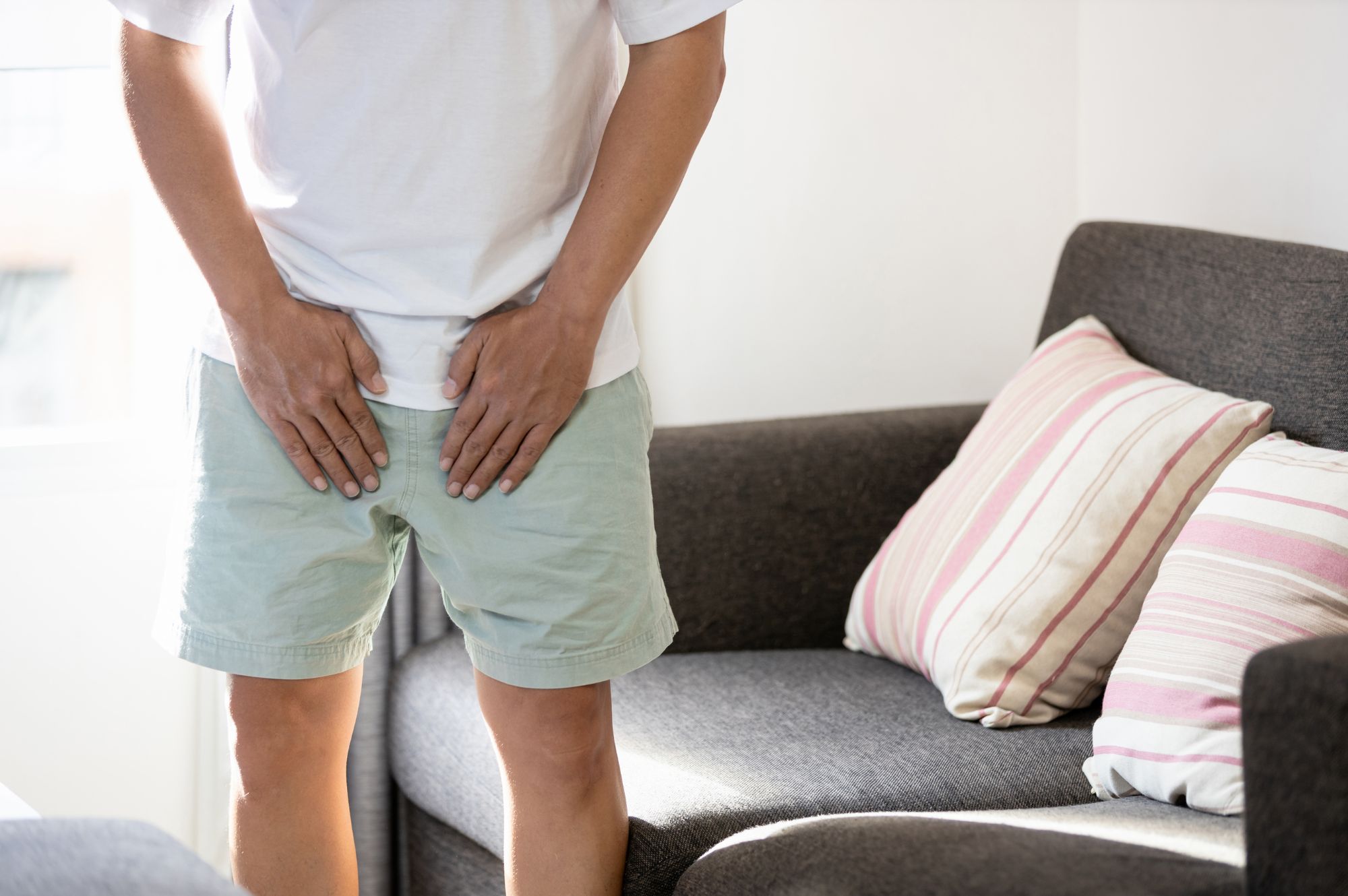
Physiotherapy Treatment for Athletic Pubalgia
Sports Hernia or Athletic Pubalgia is a condition in which the junction of the leg and the torso gets injured. It is very common in sports which place excessive stress on the groin and pelvic region through kicking and twisting movements. In some cases, Sports Hernia or Athletic Pubalgia is also known as the sportsman’s hernia, however, symptoms of such a hernia often result in misdiagnosis, as there is no presence of actual hernia.
Athletic Pubalgia is more common in sports like tennis, hockey, football, soccer, distance running and rugby, which involve repeated turning and twisting.
Causes and risk factors
Sports Hernia or Athletic Pubalgia is a chronic condition which often results from overuse of groin area and repeated trauma. Inflexible, tight, damaged and weakened hip flexor muscles and inner thigh and groin muscles that stretch the lower abdominal muscles and bend pelvis forward, often lead to the gradual development of Sports Hernia.
Athletic Pubalgia or Sports Hernia is caused by a muscular injury that affects the region where abdominal muscles join to form the inguinal ring. The groin area is at extreme risk of chronic overuse injury caused during sports activities specifically while playing hockey, soccer, football, and rugby. Safety measures such as using protective sports gear, while playing sports and training helps in preventing such type of chronic injuries.
Signs and Symptoms
- Groin pain is experienced while sneezing and coughing.
- Exacerbation of pain in the groin while twisting, turning, running and sprinting.
- Tenderness and stiffness is also experienced by athlete after training. The person may have pain in the groin while turning or even while getting out of a car.
Treatment
The initial treatment for any kind of muscle injury often involves rest, ice and compression.
Resting is certainly required to avoid any further damage or aggravate the condition. Resting period can be anywhere from weeks to months depending upon the severity.
Ice therapy application to the affected area for about 10 to 15 minutes every four hours all over the day also helps in reducing the swelling and pain caused by the injury.
Compression shorts and warm pants also help in controlling the symptoms of athletes who still have time to surgical intervention.
Physical therapy is required for all the patients to speed up the healing process and restore normal functioning. Physical therapy routine often concentrates on strengthening the muscles of the pelvic area and specifically the core muscles, lower extremity muscles and tendons, and stretching the lower abdominal muscles.
It is better to take necessary preventive measures while playing any sports activity, as prevention is always better than cure. Our professional athletic therapy is outlined for all those sports people who live a lifestyle which requires lot of energy and stresses various muscles. If you’re a person who plays any of the above mentioned sports, and often fall prey to various injuries, get in touch with our professional physiotherapists in Edmonton.





